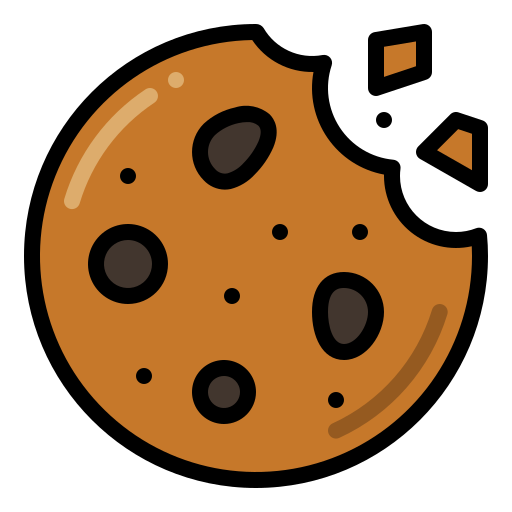This question is never easy, however here are the most common reasons for charging VAT.
If your leaflet is to be used as admission, or as a discount to a product or service. I.E. ‘Free admission with this leaflet’ or 10% off with this card. If your product has an area to be written onto, i.e a form or a notes page, that makes up 25% or more of the final design. You can find out more about VAT print rules & regulations from HM Revenue & Customs HM Revenue & Customs.
